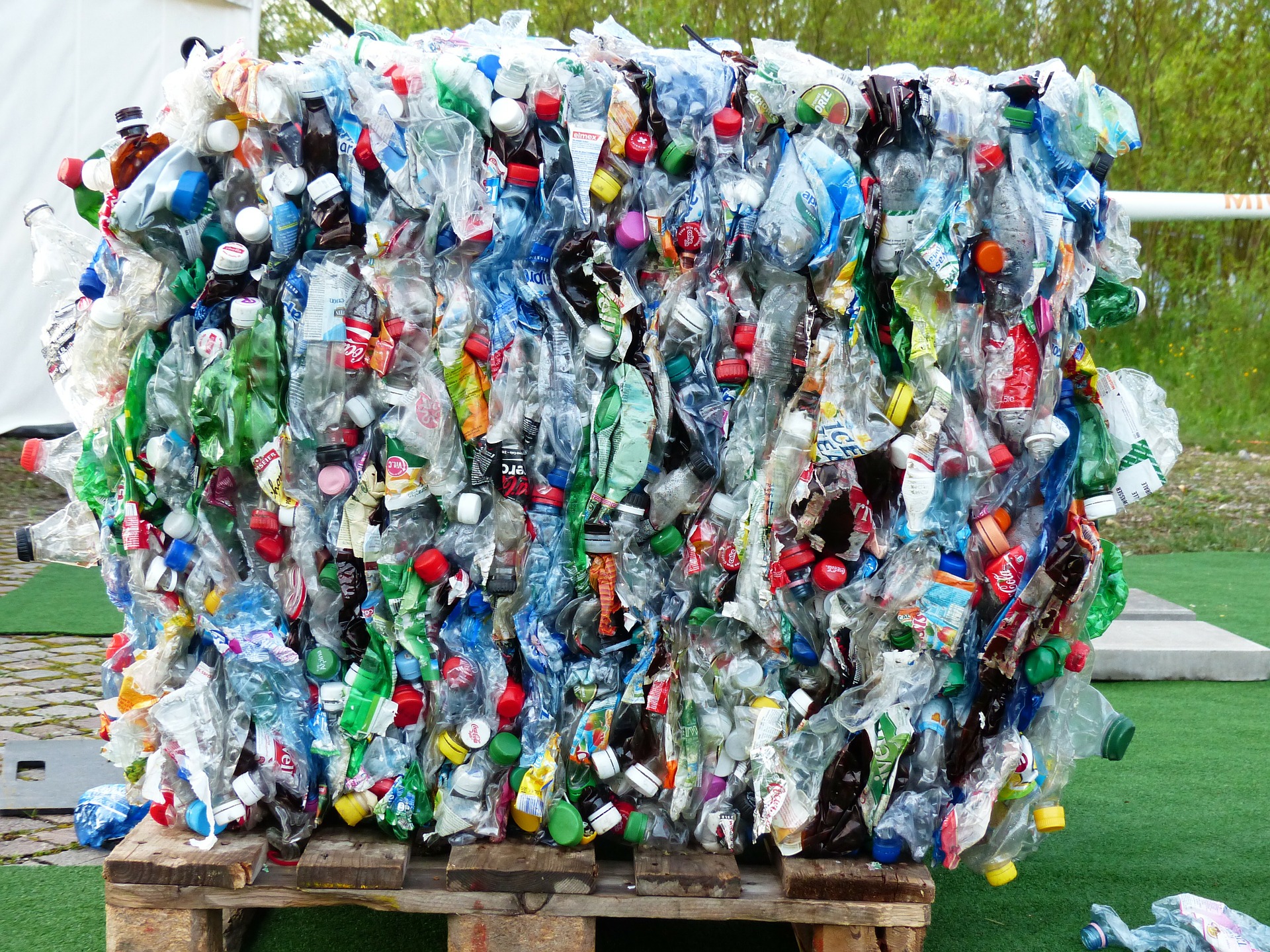Before we even get to recycling plastic, try reducing by looking for plastic-free alternatives and then if that isn’t an option try reusing it somehow. Plastics are made from natural resources like crude oil, natural gas and coal. These resources will run out and what we are making from them will be around for a VERY long time. All the plastic that has ever been made is still here. There are programs out there trying to close the loop on plastic usage and make sure that all plastic gets recycled but we still a fair way off getting there.
While researching what plastics are recyclable there was a lot of conflicting information. It is no wonder so much of our plastic ends up in landfill, it’s confusing. The key to getting it right is to remember that it is different town to town so your best course of action is to contact your local municipality and seek clarification if there is any confusion.
Here is a description of the different types of plastics and what you can do with them.
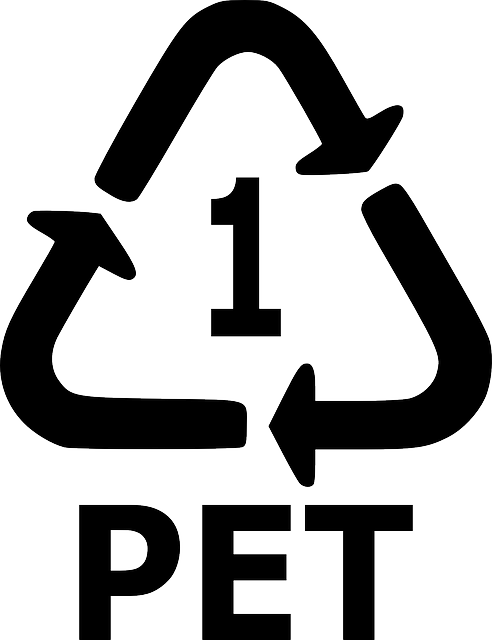
Type 1 – PET or PETE or Polyethylene Terephthalate. Typically water bottles, fruit juice bottles, salad dressings etc. These are widely accepted for recycling. They can be made into new containers, carpet, clothing (I own a pair of pants made from recycled water bottles!), packaging, even parts for cars. Caps on or off? It depends! Caps can get lost if they are on their own and fall through the cracks but some facilities don’t like having the mixed plastic. Best to check or if you are up for it, send your caps (if they’re marked with a 5 or unmarked) to Gimme 5
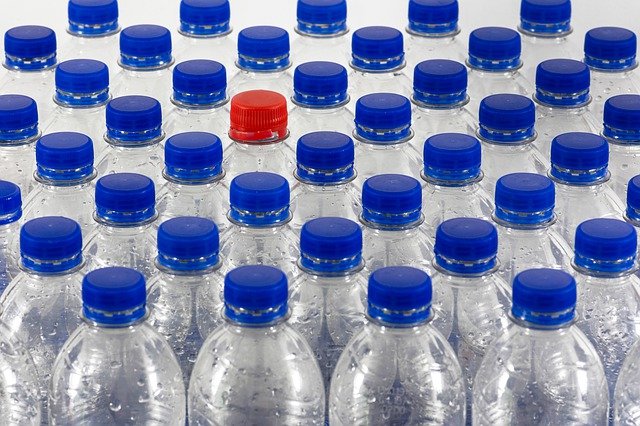
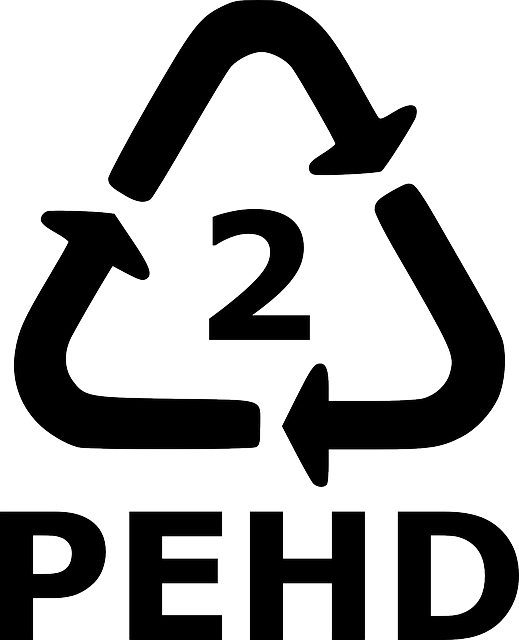
Type 2 – HDPE or High Density Poly Ethylene. Shampoo bottles, laundry detergent, milk jugs. These are also widely accepted for recycling. They can be recycled into garbage bins, decking, picnic tables. See above about the caps but I would give them a rinse.
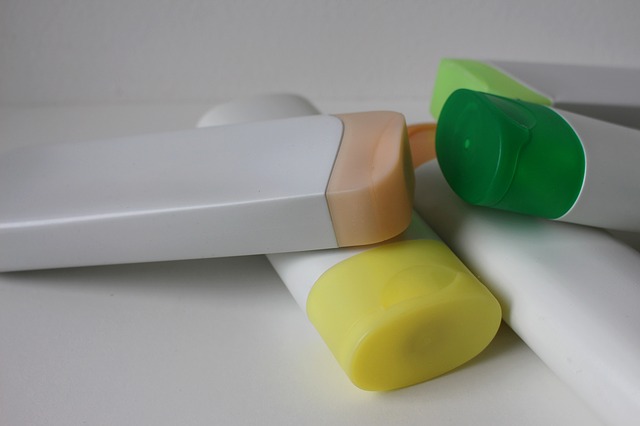
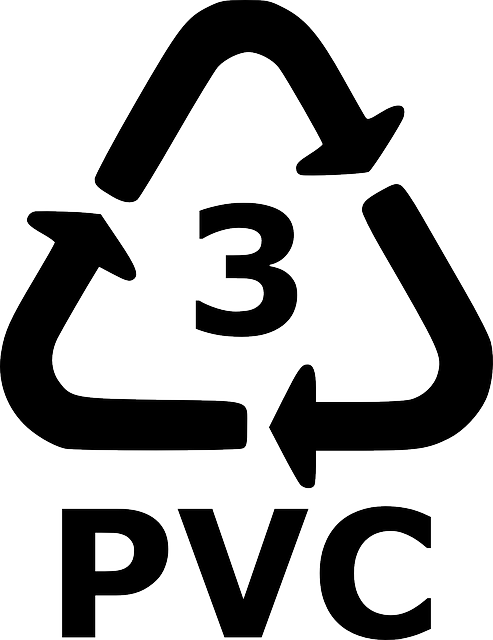
Type 3 – PVC – Polyvinyl Chloride – The most common item that pops into my head are PVC pipes for plumbing but some plastic food wrap is also made from PVC, in addition to other packaging. A lot of PVC can not be recycled and most places don’t want clinging plastic wrap in the recycling. Best to check with your local service about what they will accept and get food covers that are more eco-friendly, like beeswax or reusable silicon stretch covers (that’s what we have).
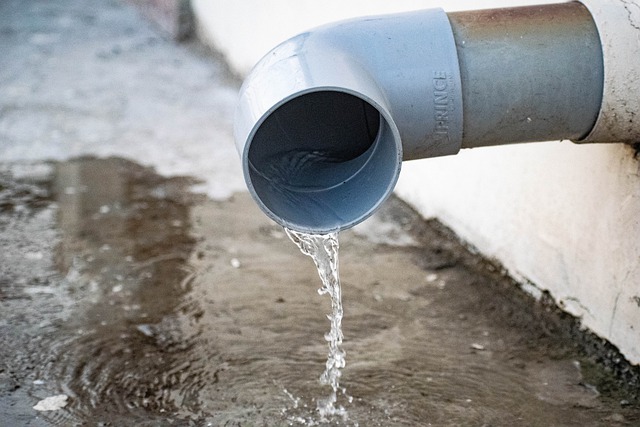
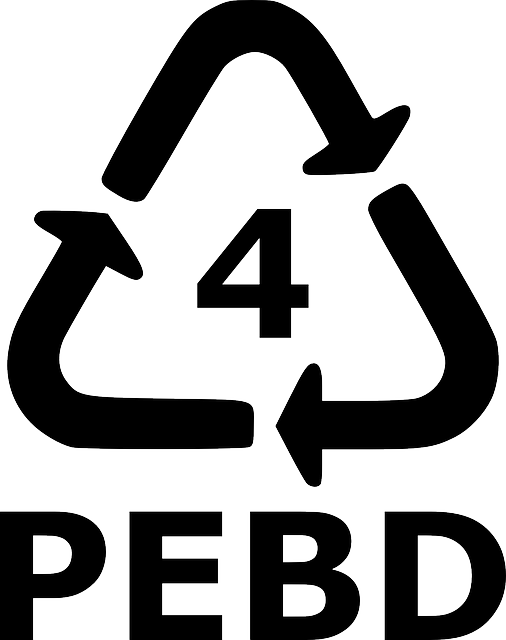
Type 4 – LDPE – PEBD – Low Density Polyethlene – Also known as our old friend single use shopping bag! Or pretty much any other single use plastic bag like bread bags, produce bags, cereal bags. Most recycling facilities don’t take these. They get caught in the machines and break them. There are alternative collection places like the chain supermarkets that will accept them. I clean and collect all mine in one bag and return them when I get my groceries. King Soopers states they have recycled all that packaging into decking!
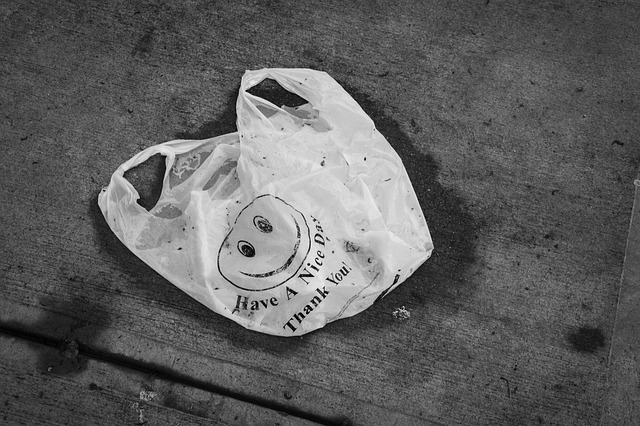
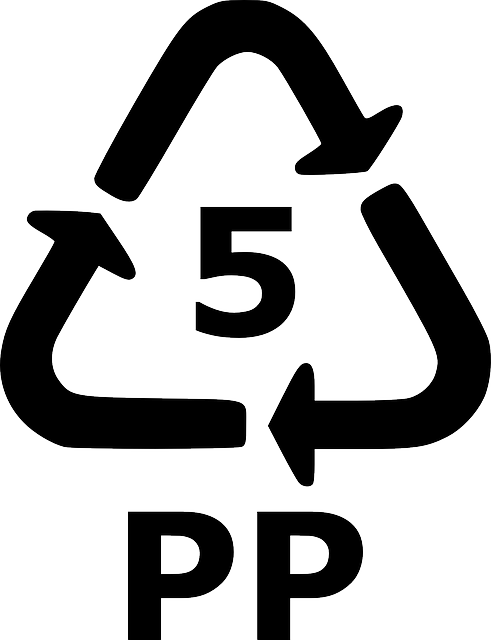
Type 5 – PP – Polypropylene – Think anything that hinges and you probably have a PP plastic. Lids that hinge open like on your lunch box, syrup bottle, pill bottles etc. Yoghurt and margarine containers are often made from PP too, oh and of course, plastic straws! PP can now be recycled back into near virgin plastic, thanks to the technology developed by John Layman PhD, from Proctor & Gamble. Exciting to see a “close the loop” solution! You should check your local service if they are accepting PP in your recycling though. Some Whole Foods accepts PreserveGimme5 drop offs, so collect those up and bring them to your local store.
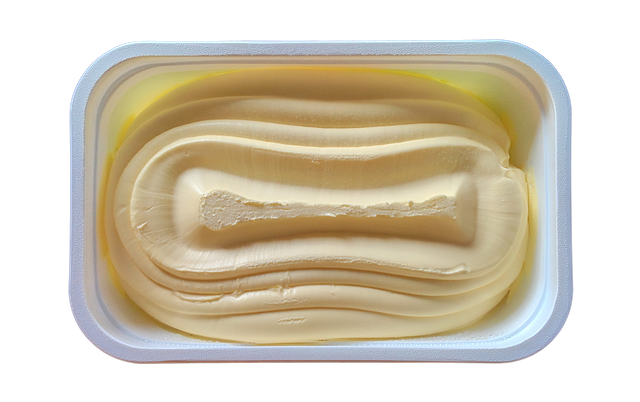
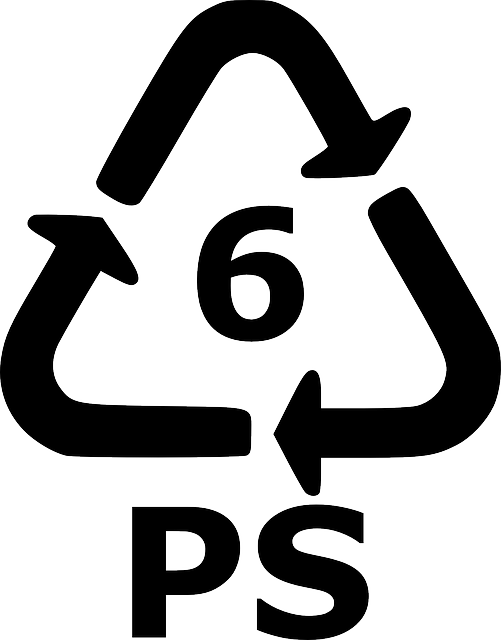
Type 6 – PS – Polystyrene – I was kind of amazed when I first arrived in the US and found that polystyrene was still being used here for lots of things from coffee cups to meat trays. I hadn’t seen it in Australia for a while for things other than appliances packaging or insulation. These forms are extruded or expanded polystyrene. Another form Polystyrene is the hard brittle stuff that CD cases and plastic forks are made from. Polystyrene isn’t generally accepted by a lot of local recycling centers because it is really difficult to process usually because they’re either light and float away or they are dirty and covered in food.
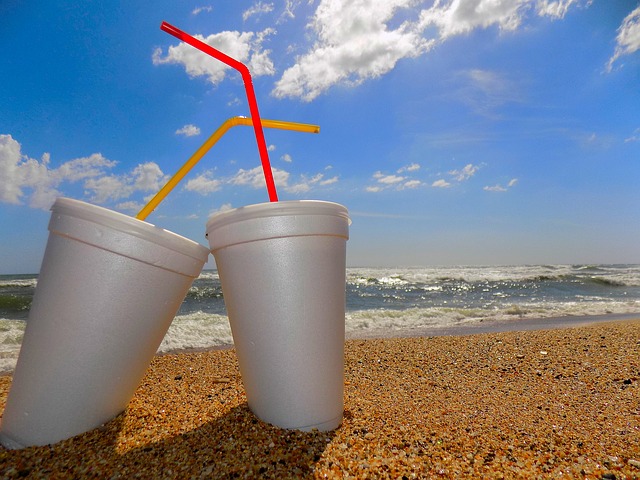
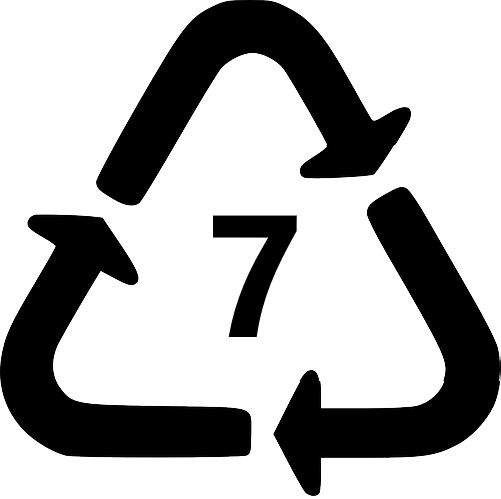
Type 7 – Other – the good old other,which is basically anything else that doesn’t fit into one of the above. This is usually because the plastic is a blend of multiple plastics which makes it difficult to recycle. These could be baby bottles, CDs, car parts.

